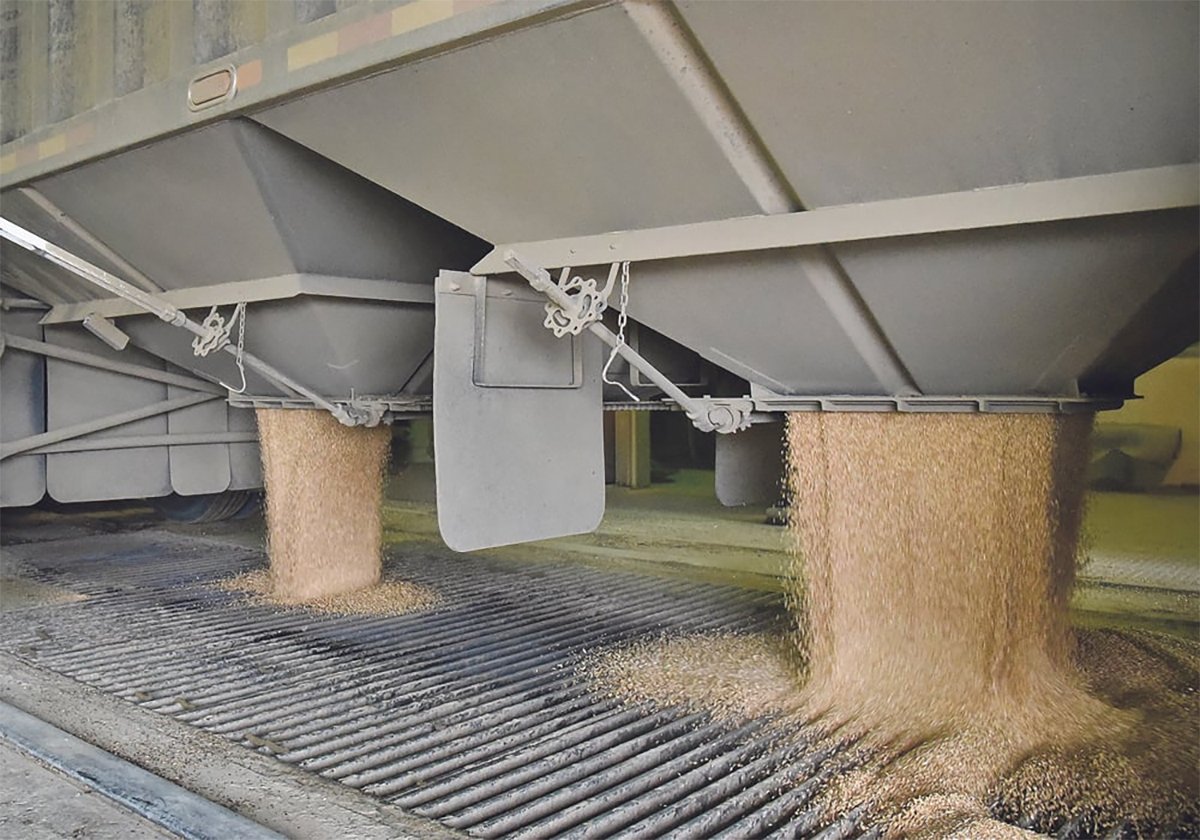More than a decade ago, years after devastating cuts to the Agriculture Canada research program in the anti-deficit 1995 budget, the dire predictions began.
Scientists warned that funding levels could not sustain the effort. Canada’s agriculture research – spending that everyone agrees is one of the best and most vital investments in the future of the sector – would decline, they grumbled.
Scientists were spending too much time trying to find private co-financing for their projects, time that was taken away from the lab. Bright young science grads would be more likely to head to the better-funded private research sector than to the under-funded public sector.
Read Also

Worrisome drop in grain prices
Prices had been softening for most of the previous month, but heading into the Labour Day long weekend, the price drops were startling.
Private financing almost always favoured short-term research projects producing products that could be commercialized within years rather than long-term basic research that is the backbone of scientific knowledge.
Already in the 1990s, research station managers were being forced to make the painful financial choice of diverting money from research budgets to do emergency maintenance on their aging infrastructure.
It was clear that without a focused and well-funded federal decision to replenish the research branch, decline would set in.
Sadly, the research chickens appear to be coming home to roost.
Last week’s report on the Agriculture Canada research establishment from auditor general Sheila Fraser describes the results of years of political neglect.
Uncertain and unstable funding undermines research, staff is aging with no coherent plan to recruit the next generation and “much of its laboratory and agricultural equipment is past its useful life.”
Liberal agriculture critic Wayne Easter said it was a description of a department adrift.
He charged that agriculture minister Gerry Ritz is “running the department into the ground,” although blame for this can be spread through past Liberal administrations as well.
Easter makes a telling point, though, when he frets about the increasing focus on short-term projects such as Ritz’s recent funding announcements for sector- specific “research clusters” aimed at specific short-term sector goals.
“I see this as part of the culture of finance department-driven policy making and I can tell you that the people at finance do not value long-term public research that goes off into the future through many budget cycles with no guarantee of breakthrough,” he said. “But that is at the heart of what we should be doing. We are still depending on the basic research that was started in the 1970s.”
To be fair, research assistant deputy minister Marc Fortin notes that Agriculture Canada still budgets more than $200 million annually for core research. “Nobody else in Canada does that. It is our niche.”
And he gamely insists that the department is fixing many problems Fraser identified with a new focus on national priorities.
Still, it is difficult not to feel that years of drift, lack of focus and lack of priority for research is catching up with us.
The losers will be future generations of farmers.














